

If your system needs to handle abrasive slurry or corrosive fluids, rubber sleeves aren’t just a detail—they’re critical to keeping your pinch valves running longer and maintenance simpler.
Let’s look at why these sleeves make such a difference and what that means for your bottom line.
In a pinch valve, the rubber sleeve is the only part that contacts the flow media, so everything from corrosion resistance to sealing performance depends on it. That’s why the sleeve’s material and construction are very important.
Here’s what the sleeve actually does in operation:
In aggressive environments, like chemical dosing lines or mining slurries, a metal valve body would degrade quickly. But a rubber sleeve for pipe, especially one made from EPDM, natural rubber, or reinforced butyl can handle harsh conditions without cracking or corroding.
In short, the higher the sleeve quality, the longer your valve lasts and the less you spend to replace it.
Durable Pinch Valve Sleeve
Engineered for high-abrasion applications, our pinch valve sleeve ensures maximum durability and operational efficiency. Ideal for industrial slurry control.
View More Details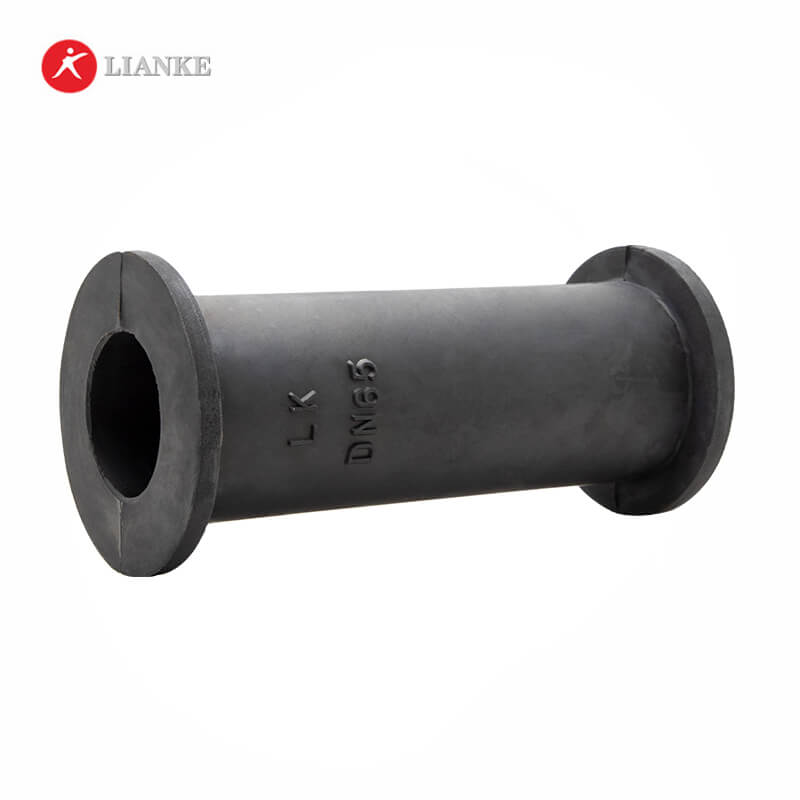
Just like tires on a truck, not all rubber sleeves are made equal. You might not see it from the outside, but what’s inside matters: layers, reinforcements, and the type of rubber all play a role in how long a sleeve lasts under pressure, abrasion, and chemical attack.
Here’s what separates a long-lasting sleeve from one that fails early:
Real-world tests have shown that high-quality sleeves can last over 500,000 cycles, sometimes more. But even the best design can fail early if the wrong material is used or if operating pressure is too high for the sleeve type.
Here’s how to get the most out of every sleeve:
At Lianke, we understand sleeve performance. We offer a wide range of durable rubber sleeves for pipe tailored to your application, whether it’s abrasive grit, corrosive fluid, or long cycle life. Visit our product page or reach out so we can help match the sleeve for your system to keep it running smoothly for years to come.
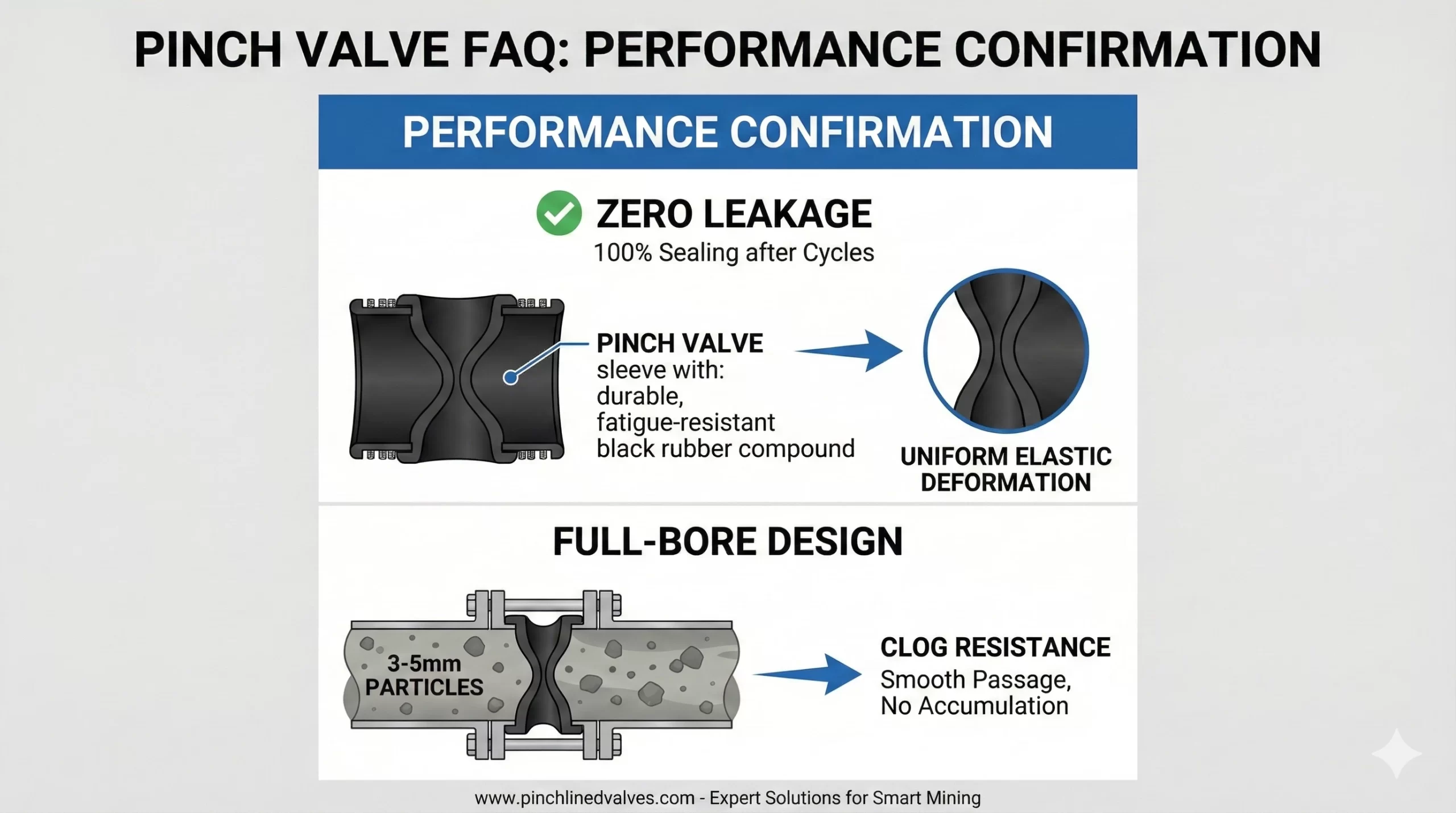
Question 3:Performance Confirmation:Your documentation mentions “zero leakage” and “clog resistance.” We would like to confirm: After long-term operation, will repeated compression cycles cause sleeve fatigue leading to sealing failure? Is the full-bore design truly effective for slurries with larger particles (e.g., 3-5mm)? Answer 3:Confirmation of “Zero Leakage” and “Clog Resistance” Performance (1)Zero Leakage Reliability: Our […]
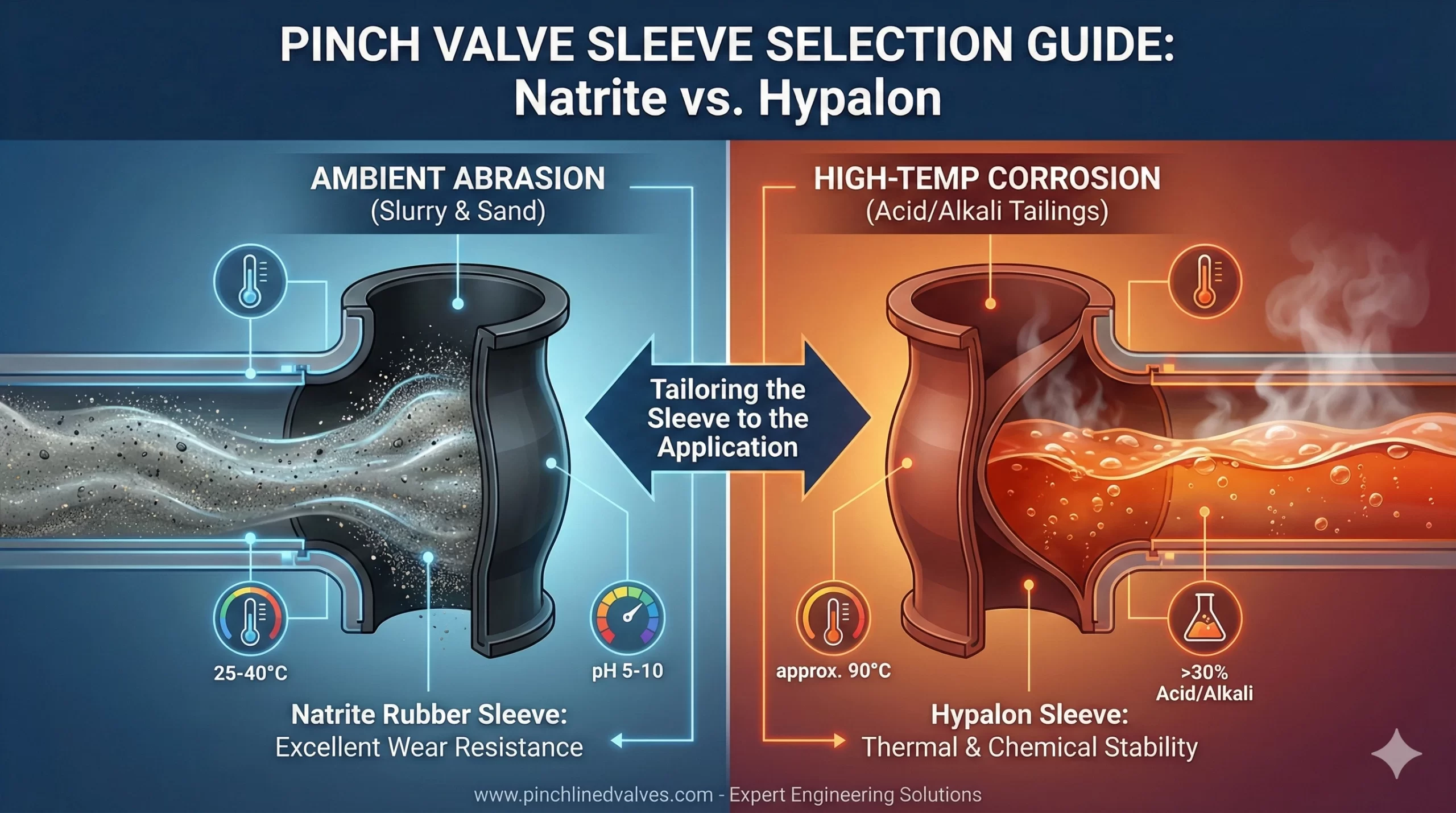
Material Selection:We are dealing with different working conditions: (1)Question1: Condition A: Ambient temperature (approx. 25-40°C) slurry containing fine sand, where wear resistance is the primary consideration, with weakly corrosive media (pH 5-10). Answer1:(ambient temperature, fine sand, low concentration corrosion, high wear resistance): Preferred recommendation: Natrite Rubber sleeve. Reason: The core advantage of Natrite Rubber lies in its […]
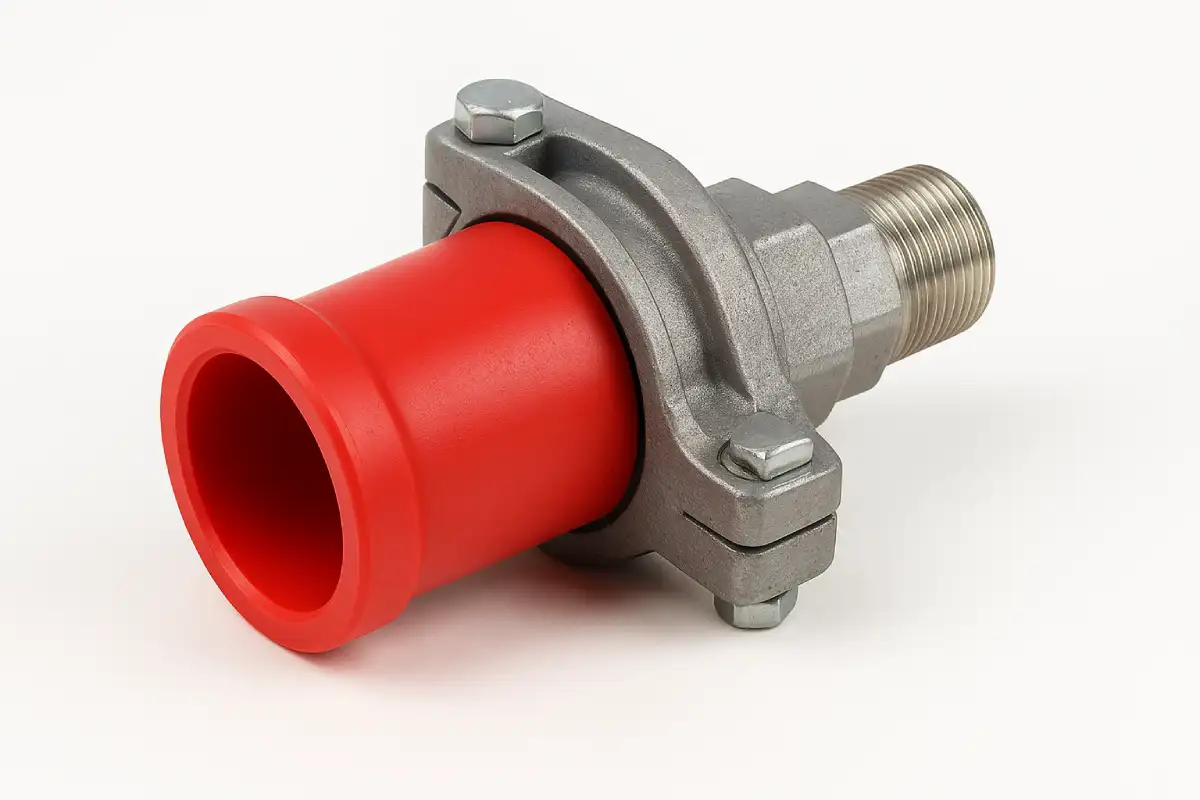
A pinch valve adapter connects a pneumatic pinch valve or manual valve to pipes, tubes, or other parts of a system. With this connector, the valve can manage liquid or gas flow without leaks or strain. It also lets the valve fit in tight or unusual setups. This reduces operational risks and improves overall performance. […]
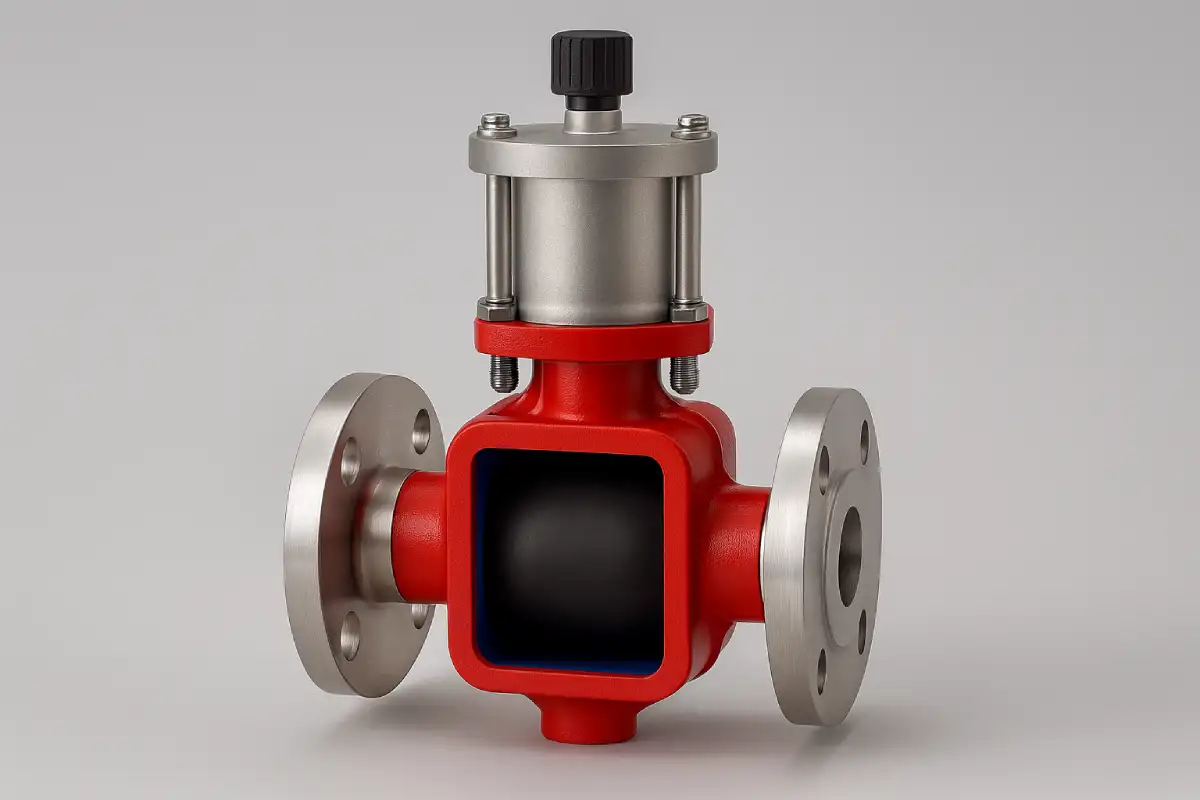
Yes, they are. Hygienic pinch valves are specially designed to keep things clean and safe, which is why they’re so common in food, pharmaceutical, and biotech environments. Their smooth interior and dead-zone-free design make cleaning quick and reliable. And if the term is new to you, don’t worry, this article will walk you through what […]



